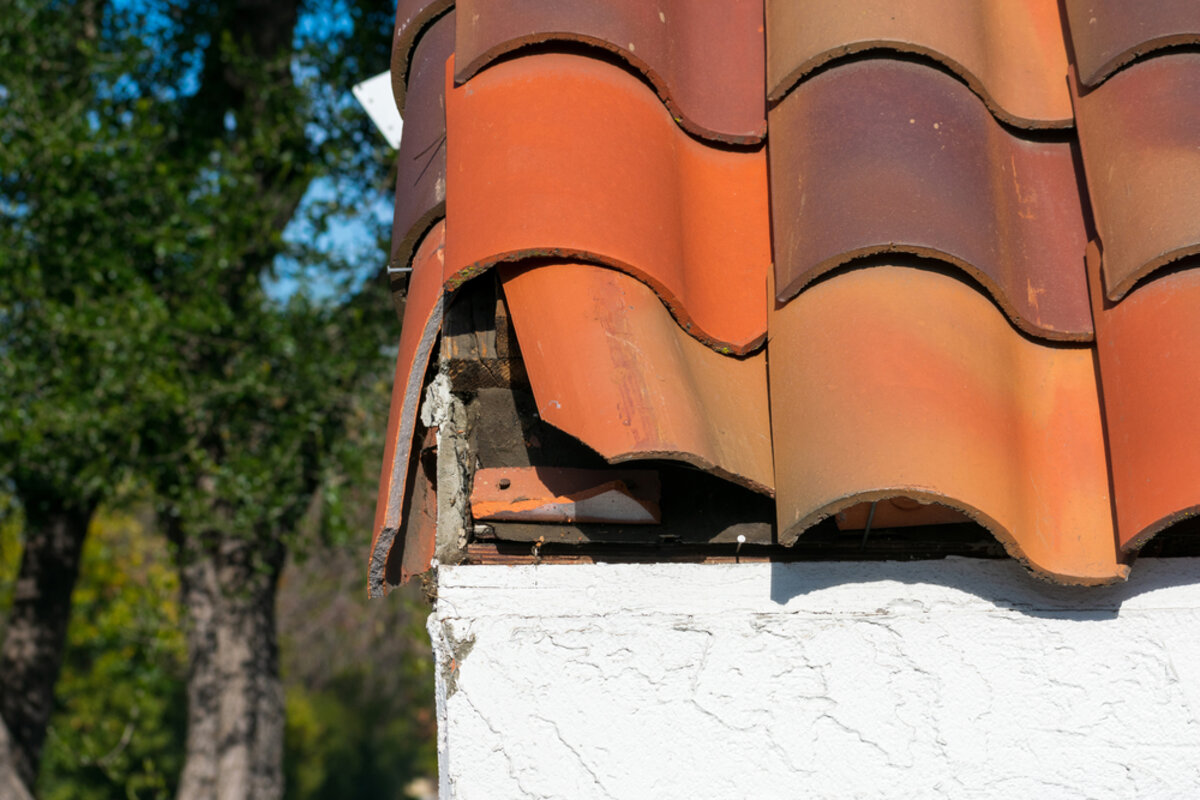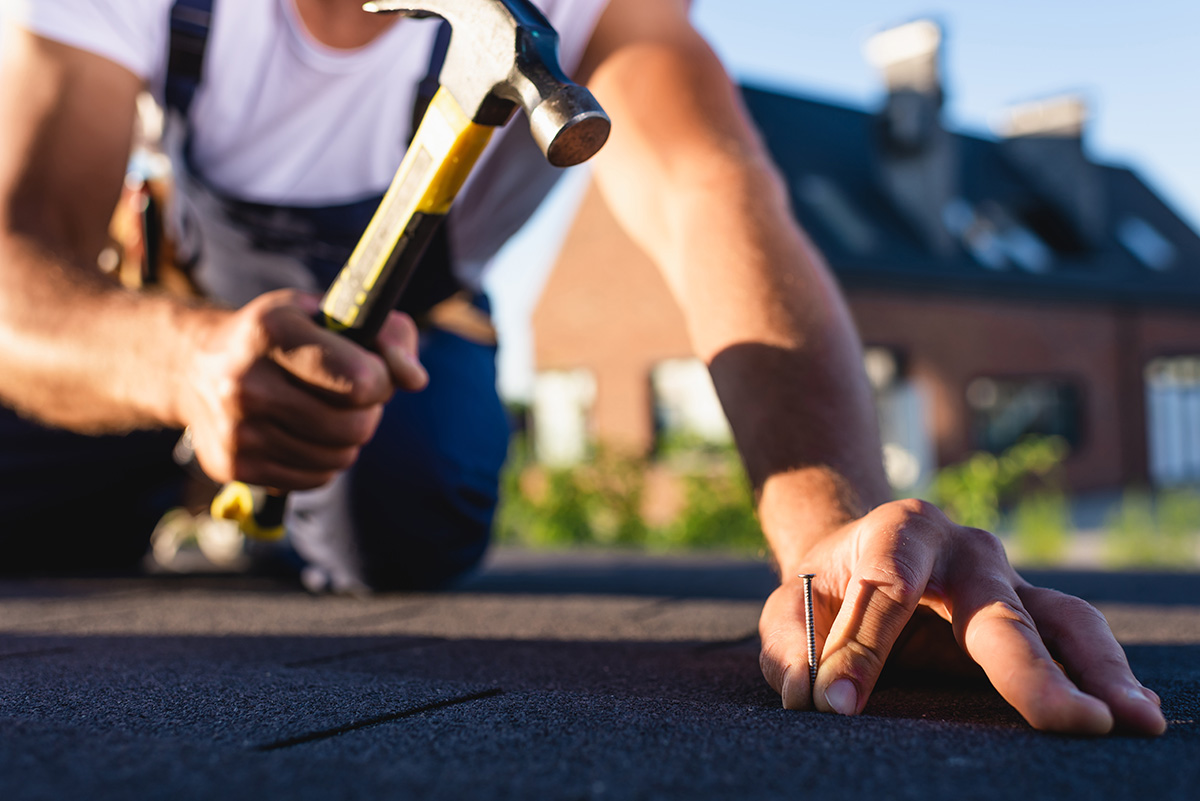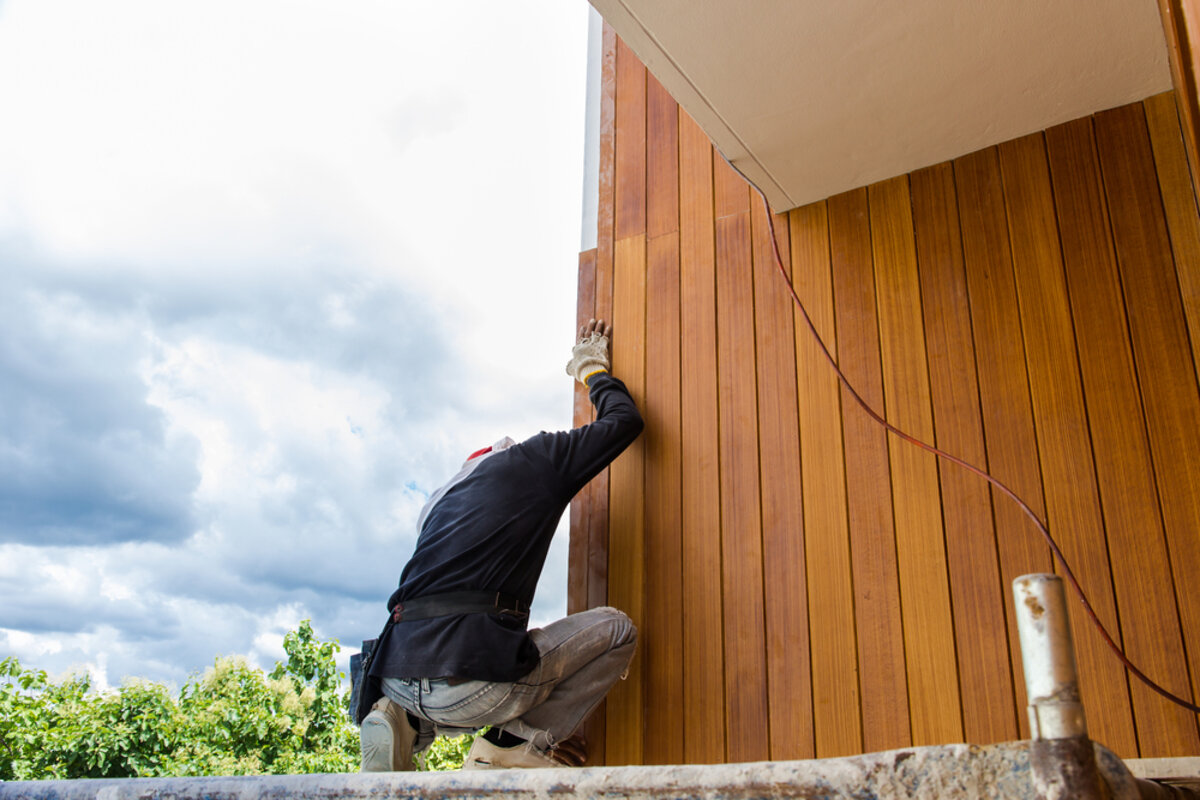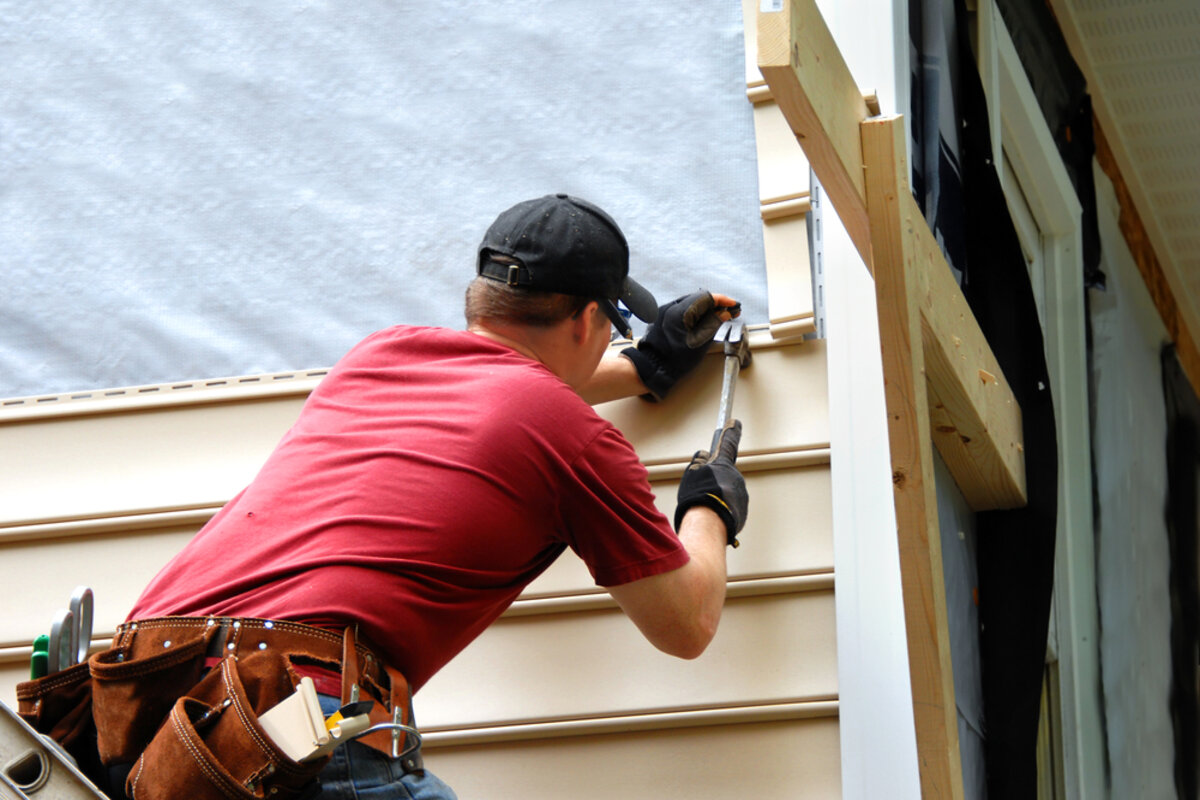If you spot a roof leak early, you can help prevent serious damage to your home. Sometimes, it can be tricky to know what you’re looking for, especially if the leak isn’t obvious. If you call the Style Exteriors team, they can inspect your attic and roof for leaks or weak spots. It’s best to have a roof repair before the leaks cause too much damage.
How to Spot a Roof Leak
The easiest way to spot a roof leak is to look for water stains on the ceilings and walls. These stains often appear as brownish or yellow spots and can expand over time. Vents, chimneys, and skylights are common spots for leaks, so check these first.
A sagging ceiling, especially in a damp spot, is another sign of a major roof leak because it means water has soaked into the drywall or plaster. This needs immediate attention to avoid further structural damage.
More Pro Tips for Spotting a Roof Leak
Inspect the Attic
A good place to start looking for roof leaks is in your attic.
- Wet Insulation or Rafters: Look for any damp spots on the insulation, rafters, or sheathing. Even a small amount of moisture could signal a leak. Poor insulation can also cause ice dams, making the chances of a leak greater.
- Sunlight Coming Through: If you see daylight streaming into your attic from the roof, that’s a clear sign of a gap or hole in your roofing material.
- Mold or Mildew: Mold growth in your attic, especially near wood beams or insulation, could be a sign of a slow roof leak. Mold thrives in moist environments, so if you notice a musty smell or visible mold, investigate further.
Examine the Roof Exterior
Missing or Damaged Shingles
Visually inspect your roof from the ground (or use a ladder if it’s safe to do so). Look for missing, cracked, or curling shingles, as these can allow water to seep through the roof and into your home. If you don’t want to climb onto your roof, contact a professional company to help you out.
Damaged Flashing
Flashing is the material used around chimneys, vents, and skylights to create a watertight seal. If the flashing is bent, cracked, or missing, water can easily find its way in.
The same goes for damaged or missing caulk. Caulk is used to seal joints and seams on your roof. Over time, it can dry out or crack, allowing water to seep in. Inspect areas around vents, skylights, and flashing for signs of deteriorating caulk.
Debris Buildup
Leaves, twigs, and dirt can clog gutters and downspouts, allowing water to pool on the roof. Over time, standing water can find its way through small cracks or weak spots in the roof.
Debris isn’t just twigs and leaves. If you see excessive shingle granules in your gutters, it could mean your roof is nearing the end of its life. These granules protect the shingles from UV rays and weather, and their loss can lead to leaks.
Check for Dripping or Puddles During Rain
- Inside Your Home: If you notice any dripping sounds or see puddles forming inside your home during or after a rainstorm, this is a clear sign that water is getting in through the roof.
- Exterior Walls: Water dripping down the exterior walls or wet spots outside your home can also indicate roof leaks, especially if gutters are not directing water away properly.
Conduct a Water Test
If you’re having trouble locating the source of a leak, you can conduct a controlled water test. Use a hose to spray different sections of the roof while someone inside watches for signs of leaks. Start low on the roof and gradually move up to pinpoint the leak.
Need Help to Spot a Roof Leak?
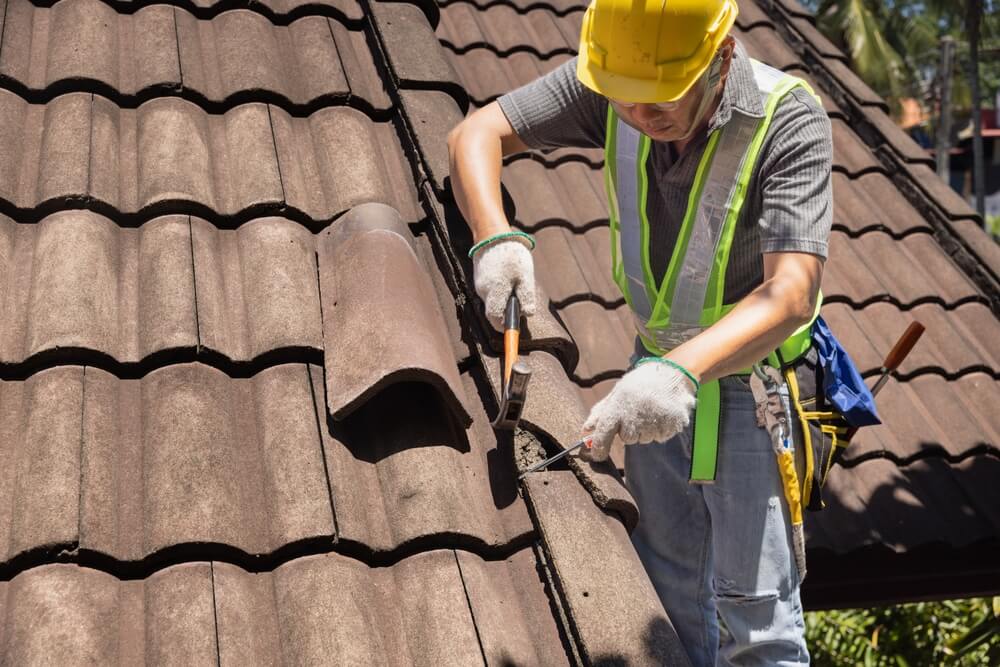
We understand how unsettling it can be to spot a leak, missing shingles, or any sign of roof damage. That’s why our dedicated team is at your service, ready to provide swift, reliable repairs that restore your roof’s integrity and your comfort. So, if you need help to spot a roof leak, contact our team today.



